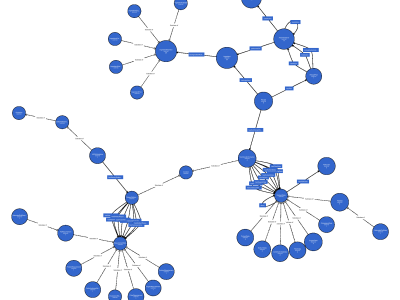Carbon Footprint Optimisation of dishes (HashMap AIA and Apriori Version)

- Citation Author(s):
- Submitted by:
- Andres Frederic
- Last updated:
- DOI:
- 10.21227/grxc-xb59
- Data Format:
 266 views
266 views
- Categories:
- Keywords:
Abstract
The dataset aims to facilitate research in the optimization of the carbon footprint of recipes. Consisting of 30 Excel files processed through various Python scripts and Jupyter notebooks, the dataset serves as a versatile resource for both performance analysis and environmental impact assessment. The unique attribute of this dataset lies in its ability to calculate representative values of carbon footprint optimization through multiple algorithmic implementations. This enables the research community to understand the trade-offs and benefits associated with different optimization strategies. It should be noted that the dataset is specifically configured for the initial set of data based on "Courtepaille" recipes. Users intending to employ different datasets must make appropriate code modifications to ensure correct execution. Therefore, potential limitations exist in terms of the extensibility of the dataset for different types of culinary data. While associated publications are not yet available, they are forthcoming, underscoring the dataset's value in advancing the domain of carbon footprint optimization in food recipes.
Instructions:
Carbon Footprint Optimization of Recipes: A Comprehensive Dataset
Dataset Structure:
The dataset is structured as a collection of Excel files.
Attributes and Features:
Each Excel file contains the composition of a recipe, including ingredient names and quantities. Additionally, raw datasets for determining the carbon footprint of individual ingredients are embedded within these files.
Data Collection Methodology:
The data has been collected in collaboration with partners, specifically Courtepaille, to ensure precision in the dataset.
Objective:
While not explicitly stated, the implied objective of this dataset is to facilitate research and development in optimizing the carbon footprint of food recipes.
Use-Cases:
The dataset can be utilized to explore more time-efficient and potentially more accurate methods for calculating carbon footprints for various recipes.
Limitations and Cautions:
Users are advised to exercise caution when replacing the base dataset with their own; the provided scripts may not function as intended with different data.
Citation Instructions:
No specific citation instructions are provided, implying standard citation practices can be followed.
License and Usage Conditions:
The dataset is released under the MIT License, allowing for free use, modification, and distribution with proper attribution.
Supporting Material:
Working codes that interact with the dataset are available in the scripts section of the repository.
Updates and Versioning:
There are no planned updates for the dataset at this time.
This documentation aims to provide comprehensive details about the dataset to facilitate its effective use by the research community. Users are encouraged to refer to this documentation for any clarification needed regarding the dataset.











